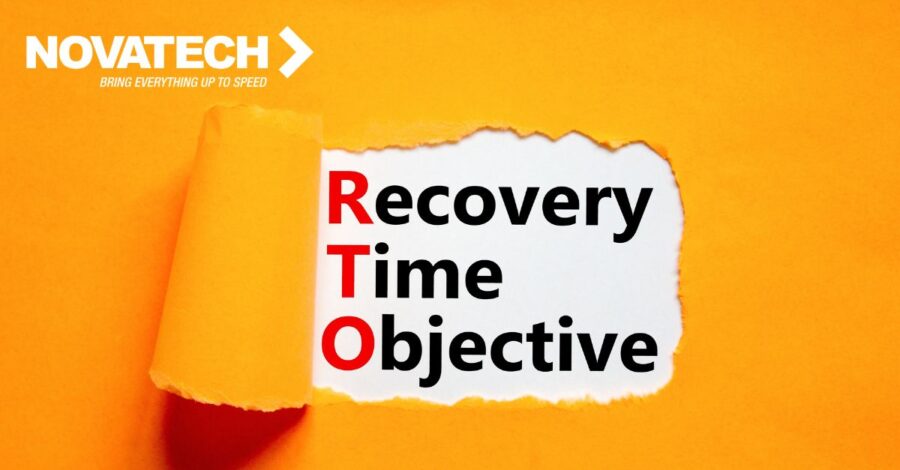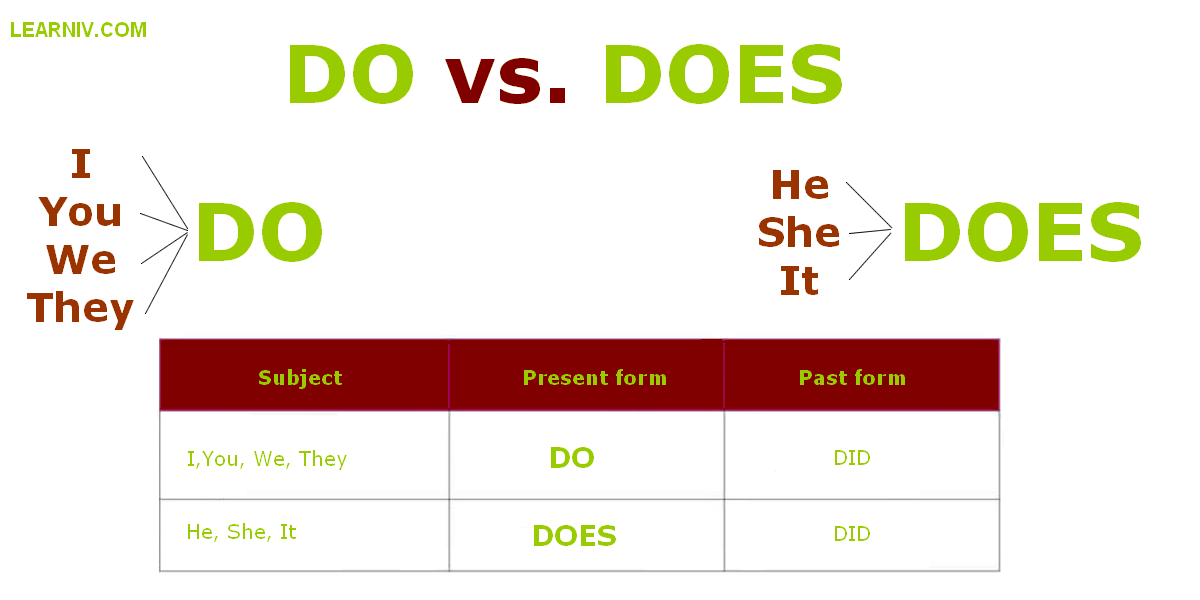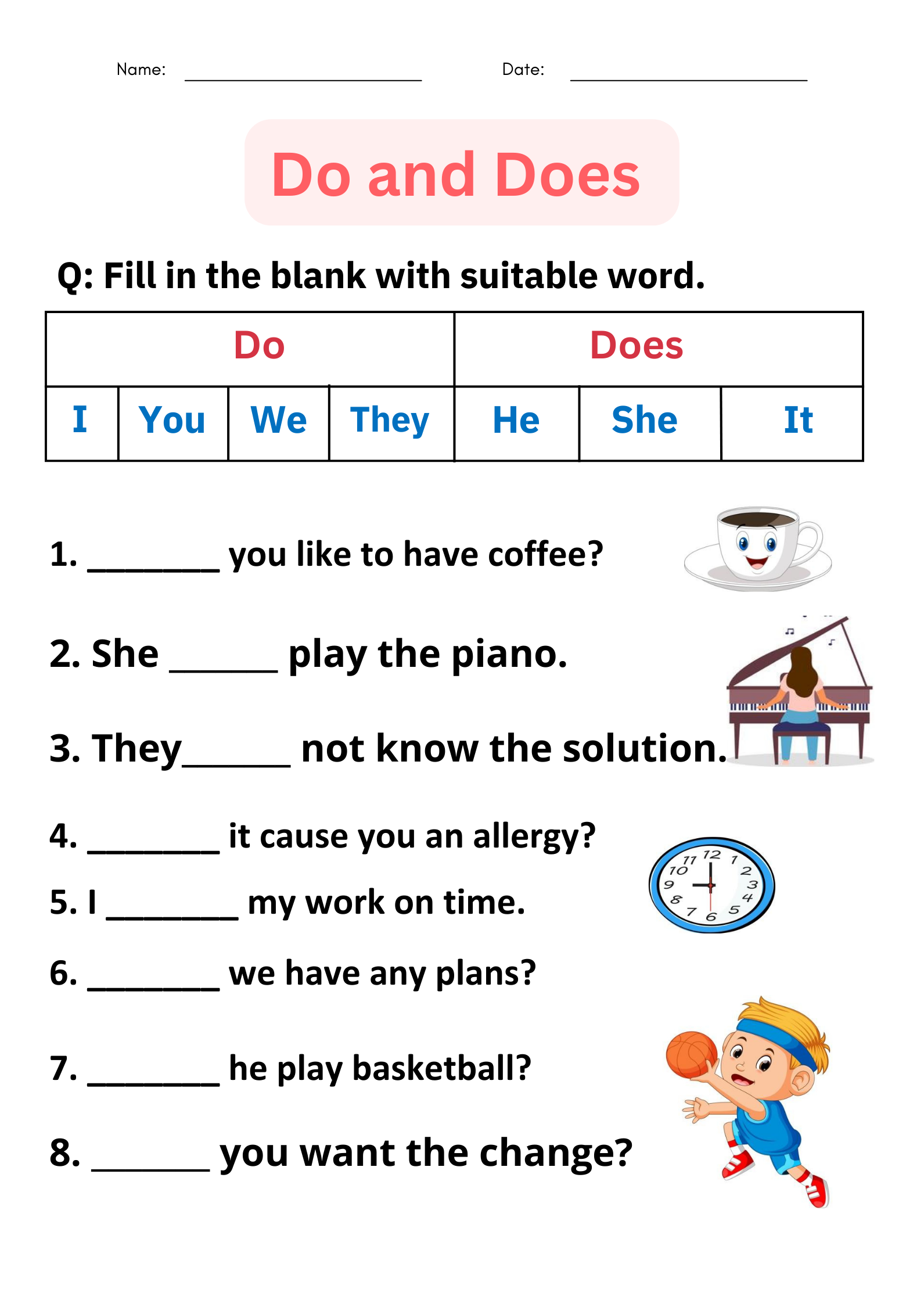Understanding Organizational Politics: Navigating Power and Influence at Work
Introduction: The Reality of Organizational Politics
Organizational politics is an inescapable element of workplace life. Whether you are new to the workforce or a seasoned leader, understanding the dynamics of power, influence, and informal networks is crucial for success. This article explores what organizational politics is, why it exists, how it manifests, and practical strategies for navigating it in any work environment.
What Are Organizational Politics?
Organizational politics, often referred to as
workplace politics
or
office politics
, encompasses the actions and behaviors individuals use within a company to gain power, influence decisions, or advance personal or group interests. These behaviors frequently operate outside of formal authority channels and involve both positive and negative tactics
[1]
[2]
. Examples include forming alliances, strategic communication, manipulating resources, and leveraging personal relationships. Politics is present in every organization, shaped by hierarchies, resource distribution, and individual ambitions
[4]
.
The Objectives and Functions of Organizational Politics
The motives behind political behavior in organizations are diverse:
- Gaining power – Acquiring authority or influence over decisions
- Boosting productivity – Using informal channels to remove obstacles and get things done
- Gaining recognition – Ensuring one’s contributions are acknowledged
- Resolving disputes – Leveraging influence to mediate or settle conflicts
- Protecting self-interest – Safeguarding one’s position, resources, or opportunities
- Developing power contacts – Building alliances and relationships with key stakeholders
These objectives may serve both the individual and the organization, but can also lead to conflict when personal and collective interests diverge [1] .
Forms and Examples of Organizational Politics
Political behavior in organizations can take many forms, both constructive and destructive [3] :
- Positive Politics: Behaviors intended to influence others for mutual benefit. Examples include advocating for a team’s project, building consensus, or publicly acknowledging colleagues’ contributions.
- Negative Politics: Actions aimed at personal gain at the expense of others or the organization. Examples include spreading rumors, withholding critical information, or sabotaging colleagues’ reputations.
In practice, politics may manifest as lobbying for a promotion, forming informal groups to influence decisions, or quietly maneuvering for resources during budgeting cycles [5] . For example, an employee might build alliances across departments to support a new project proposal, or conversely, block a high-performing candidate from being hired to protect their own status [3] .

Source: change.walkme.com
Why Do Organizational Politics Exist?
Politics arises naturally wherever people interact. Several factors drive its presence in organizations:
- Resource Scarcity: Limited budgets, promotions, and opportunities create competition.
- Hierarchical Structures: Power is distributed unevenly, motivating some to seek greater influence.
- Unwritten Rules: Many norms and expectations are informal, leaving room for interpretation and maneuvering [4] .
- Personal Ambition: Some employees are simply more driven to advance their own agendas.
- Cultural and Social Dynamics: Workplace culture and interpersonal relationships shape both the visibility and acceptability of political behavior [2] .
In short, organizational politics is a practical response to the complex web of relationships and power structures present in every company [2] .

Source: change.walkme.com
The Impact of Organizational Politics
Organizational politics can have both positive and negative effects on individuals and the broader organization:
- Positive Outcomes: Skillful political behavior can help individuals gain visibility, build relationships, and push important initiatives forward. It can also foster innovation and drive strategic alignment by ensuring influential stakeholders champion new ideas [2] .
- Negative Outcomes: When politics become self-serving or manipulative, morale may suffer, team collaboration can deteriorate, and trust may erode. In extreme cases, toxic politics can lead to high turnover, stalled projects, and a dysfunctional work environment [5] .
The key is recognizing and managing political dynamics to maximize positive effects and reduce harm.
How to Navigate Organizational Politics
Navigating office politics requires self-awareness, strategic thinking, and strong interpersonal skills. Here’s a step-by-step guide to developing political savvy in the workplace:
- Observe the Landscape: Pay attention to informal networks, alliances, and influencers. Notice who has decision-making power and how information flows.
- Build Genuine Relationships: Invest in authentic connections across departments and hierarchy levels. Offer help, acknowledge others’ contributions, and seek common ground.
- Communicate Strategically: Frame ideas in ways that align with organizational goals and the interests of key stakeholders. Practice active listening and adapt your approach as needed.
- Act Ethically: Avoid negative political behaviors such as gossip, exclusion, or withholding information. Uphold transparency and fairness, even when advancing your own interests.
- Develop Political Skills: Consider training or coaching in negotiation, conflict resolution, and emotional intelligence. Many organizations offer professional development opportunities in these areas. If you are unsure where to start, you can ask your HR department about workplace skills seminars, or search for “organizational politics training” through reputable HR associations, such as the Society for Human Resource Management (SHRM).
- Manage Risks: Be aware of potential pitfalls, such as being seen as manipulative or untrustworthy. If you suspect office politics are negatively affecting your work, document your interactions and consider discussing concerns with a trusted supervisor or HR representative.
Practical Applications and Alternatives
To leverage organizational politics for positive outcomes:
- Champion Team Achievements: Publicly recognize group successes to build goodwill and foster a collaborative culture.
- Seek Mentors and Sponsors: Identify leaders with influence who can provide guidance and advocate on your behalf.
- Stay Informed: Keep up-to-date on company news, policy changes, and strategic priorities. This awareness enables you to anticipate shifts and position yourself advantageously.
- Remain Adaptable: Recognize that political dynamics shift over time. Remain open to feedback and adjust your approach as needed.
Alternatively, if you wish to avoid the negative side of politics, focus on transparency, merit-based decision-making, and open communication. Advocate for formal conflict resolution processes and encourage leadership to model ethical behavior.
Challenges and Solutions
Common challenges in navigating organizational politics include misaligned interests, lack of transparency, and the risk of being drawn into negative behaviors. Solutions include:
- Clarify Expectations: Seek clear communication about roles, responsibilities, and decision-making criteria.
- Promote Accountability: Encourage regular feedback and performance reviews to ensure recognition is based on merit.
- Foster an Inclusive Culture: Support initiatives that promote diversity, equity, and inclusion, reducing the likelihood of cliques and favoritism.
If you encounter persistent toxic politics, document specific incidents and raise them with HR or an ombudsman. For additional support, consult professional organizations or seek external coaching in workplace dynamics.
Key Takeaways
Organizational politics is a fact of workplace life, shaped by human nature, ambition, and the structure of organizations. By understanding its dynamics, recognizing both its risks and benefits, and developing political skills rooted in ethics and transparency, you can navigate power and influence more effectively. Whether you aim to advance your career, drive change, or simply maintain a positive work environment, awareness and skillful engagement with organizational politics will serve you well.
References
- [1] AIHR (2025). Organizational Politics: Definition, Objectives, and Impact.
- [2] HiPeople (2024). What is Organizational Politics? Definition, Types, Examples.
- [3] Wikipedia (2004). Workplace politics.
- [4] Workvivo (2023). Understanding Organizational Politics: Key Types & Risks.
- [5] Business Management Daily (2024). Organizational politics in the workplace: The good, the bad, and the ugly.
MORE FROM mumsearch.com













